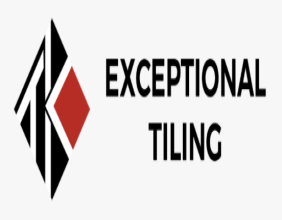Highlights
- NAB CEO warns of global trade risks amid potential tariff changes by the US.
- NAB's cash profit drops, though earnings remain stable in some segments.
- Optimistic outlook as interest rate relief and economic improvement are anticipated.
National Australia Bank (TSX:NAB) CEO Andrew Irvine recently expressed concerns over potential risks to global trade, specifically with regard to the evolving trade relationship between the United States and China. In particular, Irvine highlighted the potential impact of renewed tariffs if former US President Donald Trump moves forward with his proposed plans on imports, which could exacerbate tensions between the two largest global economies.
"I do worry about a global trade war between the two biggest global economies in the US and China,” Irvine remarked, signaling caution over the possible outcomes of intensified trade disputes. He noted that in such situations, neither side stands to benefit significantly, adding, “I don’t think anyone wins in the global trade war, so hopefully the rhetoric is bigger than what we actually see on this one.”
Despite the potential disruption to global trade patterns and the possible adverse effects on Australia, Irvine acknowledged that a strong US economy can still bring some benefits. According to him, "Markets like certainty, and we now have certainty...in terms of who’s going to be in power in the US." Irvine suggested that a predictable US administration could contribute positively to the global economic landscape.
The CEO’s comments followed NAB’s latest financial report, which showed an 8.1% decrease in cash profit, falling to A$7.1 billion for the year ending September 30, 2024, down from A$7.7 billion the previous year. Despite the drop in cash profit, NAB maintained stable earnings in the first half of the year, primarily driven by strong performance in small and medium enterprise (SME) banking. Business lending in the SME sector grew by 8%, underscoring the bank’s focus on supporting business growth.
However, challenges remain in NAB’s personal banking segment, where cash earnings fell sharply by 20% to A$1.17 billion. This decline was attributed to lower revenue and increased expenses, particularly in the home lending sector, where NAB experienced notable margin pressures. Overall revenue for NAB decreased by 2%, influenced by lower net interest margins and reduced treasury income, while non-performing loans showed a slight increase to 1.19%.
Looking ahead, Irvine maintained an optimistic outlook, anticipating that moderate interest rate relief and economic improvement could provide support in the upcoming year. "Next year, we are forecasting moderate easing on the interest rate side, with the first reduction possibly coming in February or March," he explained. He also mentioned tax relief measures as an encouraging factor for economic improvement in the near future.
In line with its financial performance, NAB declared a final dividend of A$0.85 per share, bringing the total for the year to A$1.69, an increase from A$1.67 in the previous year.




